The correct option is Option (b) at a particular point of time. A balance sheet discloses the financial position of an entity at a particular point of time. The particular point of time is generally the last date of an accounting year. Most of the business concerns follow an accounting year ending oRead more
The correct option is Option (b) at a particular point of time.
A balance sheet discloses the financial position of an entity at a particular point of time. The particular point of time is generally the last date of an accounting year. Most of the business concerns follow an accounting year ending on 31st March and prepare their balance sheet as at 31st March.
By financial position, it means the value of assets and liabilities of the entity. As an entity may enter into monetary transactions every day, the values of the assets and liabilities may also vary every day. Hence, to prepare the balance sheet of an entity, a particular point of time is to be chosen which is generally the last date of an accounting year
Option (a) for a given period of time is incorrect.
It is because the values of assets and liabilities of concern may differ daily, a balance sheet cannot be prepared to disclose the financial position of an entity for a given period of time.
The statement of profit or loss is prepared for a given period of time as it discloses the overall performance of an entity for a given period of time.
Option (c) after a fixed date is also incorrect.
The phrase, “after a fixed date” does not indicate a particular point of time. It may mean any day after a fixed date. For example, if there is an instruction to prepare a balance sheet that discloses the financial position of a concern after 30th March, it may mean 31st March, 1st April or any day thereafter.
As we know that a balance can be prepared for a particular point of time, this option seems wrong.
Option (d) None of these is incorrect too as Option (b) is the correct one.
See less




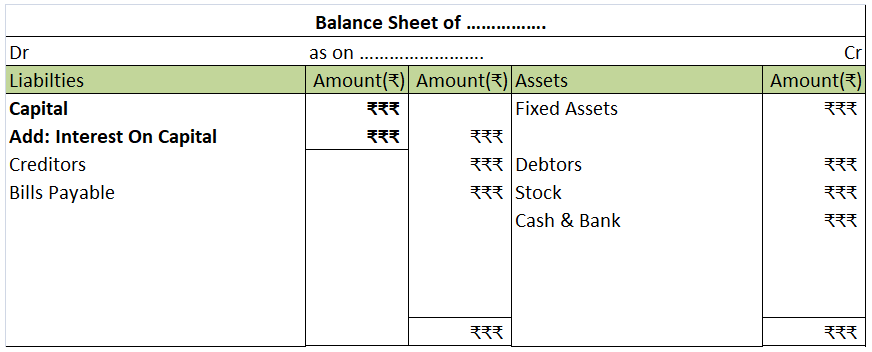

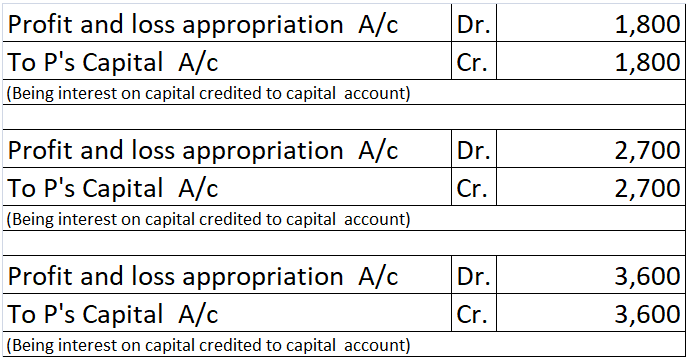


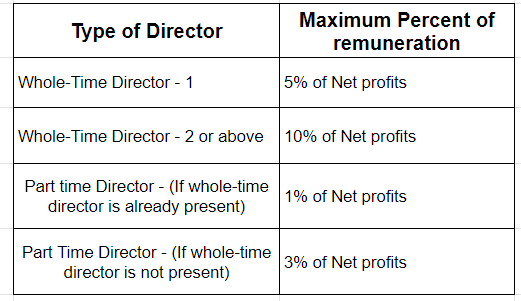
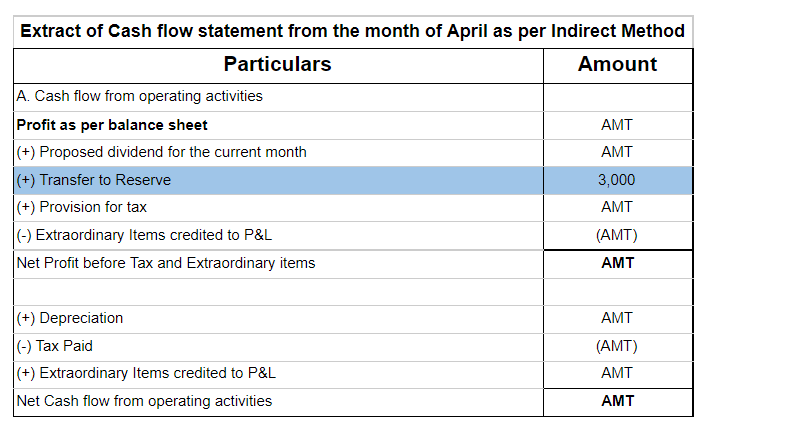
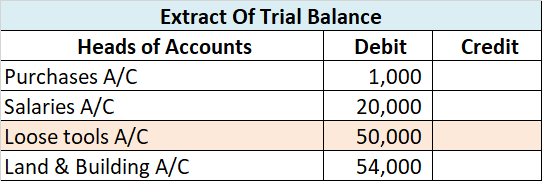


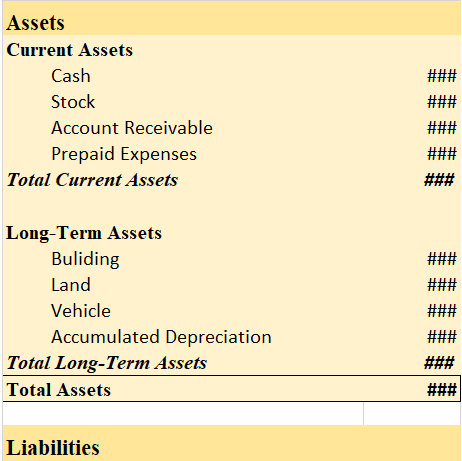


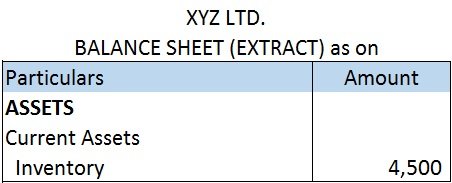
Definition Bad debts are a debt owed to an enterprise that is considered to be irrecoverable or we can say that it is owed to the business that is written off because it is irrecoverable. Bad debts will be treated in the following ways : On the debit side of the profit and loss account. In the curreRead more
Definition
Bad debts are a debt owed to an enterprise that is considered to be irrecoverable or we can say that it is owed to the business that is written off because it is irrecoverable.
Bad debts will be treated in the following ways :
On the debit side of the profit and loss account.
In the current assets side of the balance sheet, these are deducted from sundry debtors.
For example loans from banks are declared as bad debt, sales made on credit and amounts not received from customers, etc.
Now I will show you an extract of the profit and loss account and balance sheet
Current assets are defined as cash and other assets that are expected to be converted into cash or consumed in the production of goods or the rendering of services in the ordinary course of business.
For example, debtors exist to convert them into cash i.e., receive the amount from them, bills receivable exist again for receiving cash against it, etc.
Current liabilities are defined as liabilities that are payable normally within 12 months from the end of the accounting period or in other words which fall due for payment in a relatively short period.
For example bills payable, short-term loans, etc.
Accounting treatment
Now let me try to explain to you the accounting treatment for bad debts which is as follows :
Reasons for bad debts
There are several reasons why businesses may have bad debts some of them are as follows:-
Accounting methods
There are two methods for accounting for bad debts which are mentioned below:-
Related terms
So there are a few related terms whose meanings you should know
See less